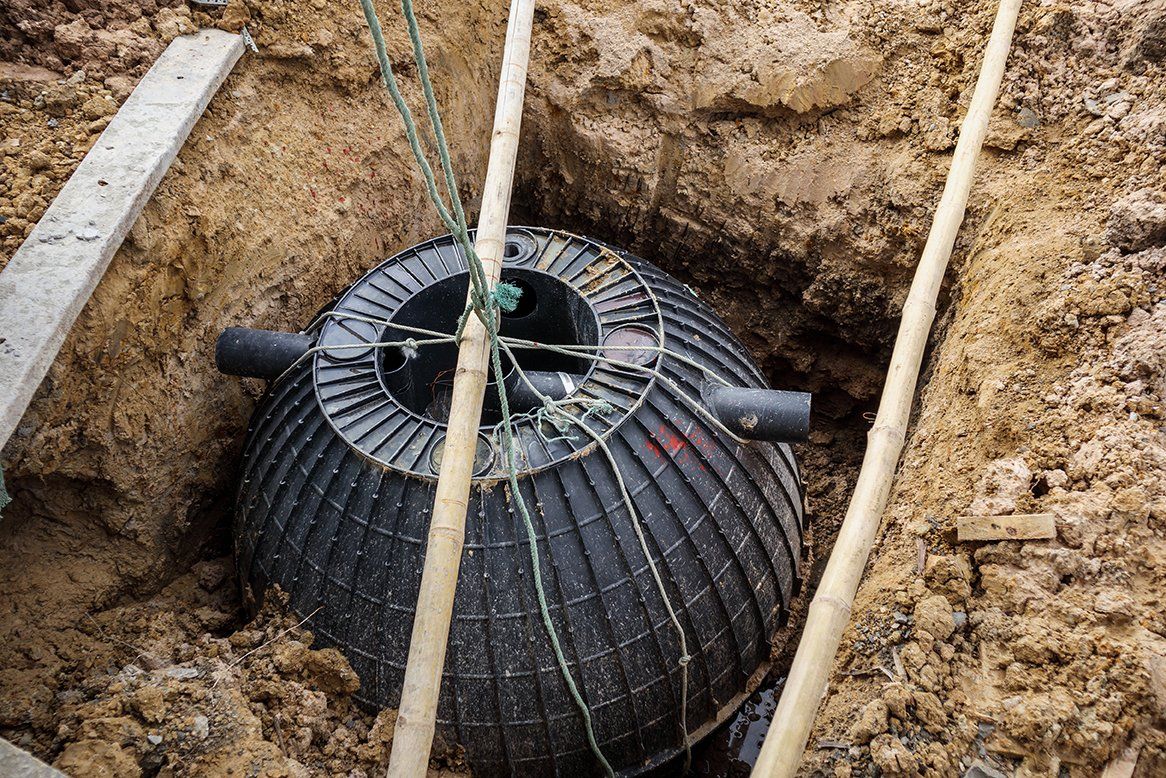What Information People Receive From Plumbing Video Inspections

Nearly 1/5 of homesin the United States have private septic tanks. Maintenance and prompt repairs to these tanks can keep homes and yards safe from septic system backups and leaks. Video inspections, which allow you to see the inside of the septic tank without a costly and disruptive excavation, are a valuable tool for this type of care. Plumbers use video inspections for many reasons, including the following four.
#1. Manage Pipe Obstructions
A sewer backup quickly notifies the homeowner of an obstruction in their plumbing lines but doesn't indicate where the obstruction is. A camera enables the plumber to see if the blockage is in the home or inside the plumbing lines under the lawn. The camera also shows the type of obstruction, so the plumber can use the right tools and techniques during the repair.
Plumbers often perform a follow-up visual inspection after they clear pipes. The second inspection reviews the pipe to make certain the plumber removed the entire blockage. Sometimes plumbing snakes and other tools break through compacted areas enough to allow the water to drain, but another backup can take place if the pipe remains partially blocked.
#2. Search for Leaks
Lawns that develop muddy areas could indicate that the septic system has developed a leak in a pipe or joint. Video inspections are one of the tools used to detect leaks and pinpoint the location of the problem. The positive identification of the problem speeds up the repair process.
The use of a camera saves homeowners money. With accurate information about the location of the damage, you can avoid the need to excavate extensive areas to find the source of the leak. The video image also enables plumbers to provide their clients with more accurate repair estimates.
#3. Review Pipe Conditions
A simple obstruction can become a much larger problem with corroded or otherwise damaged plumbing lines. Plumbing pipes can sometimes break during the removal of an obstruction when the lines have prior damage. The backup goes away, but a few days or weeks later the lawn will show signs of the broken line.
Video inspections allow the homeowner to know exactly what to expect for a repair. In this instance, the quote given to the homeowner will include the removal and replacement of the damaged pipe if a line is too weak to withstand the pressure of an obstruction removal. This knowledge can save money by eliminating the need for a second visit by the plumber.
Homebuyers can also use the camera inspections to discover the condition of the plumbing before they make an offer on a home. Buyers should know that septic system problems can begin quickly, and a working system at the time of the sale is not a guarantee of continued success.
The replacement of a septic system costs $3,000-$7,000. The excavation work also causes major damage to the landscape. A video inspection can accurately show homebuyers the condition of the system for consideration as they make an offer.
#4. Locate the Septic Tank
Homeowners need to know the location of the septic tank to avoid planting trees with invasive roots nearby, to prevent the construction of a structure over the tank, and to empty the tank occasionally. However, finding the tank can be difficult. County maps show the location, but the maps for older homes may cause confusion as landmarks in the area change.
Video surveillance works for this purpose too. The cameras include locator signals that a handheld monitor can track from the surface. The plumber can follow the signal to see where the pipes run and mark the location of the tank at the end of the line.
People can rent cameras for sewer inspection, but the process is not always easy, and homeowners do not always have enough familiarity with the septic lines to find the problem. At JT Sanitation, we offer complete inspections with cameras and a variety of other methods, and we provide reliable repair estimates. Contact us for all your septic system needs.



